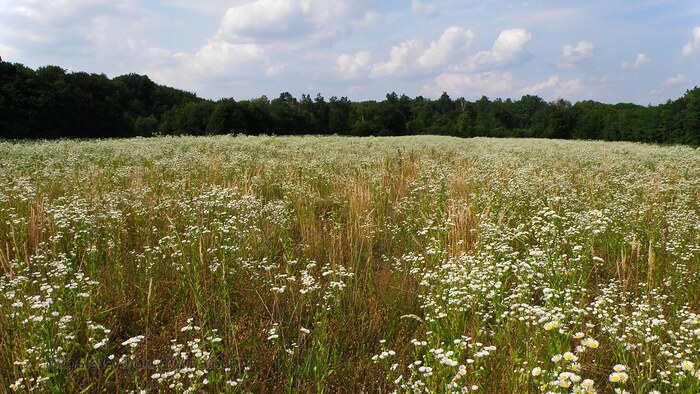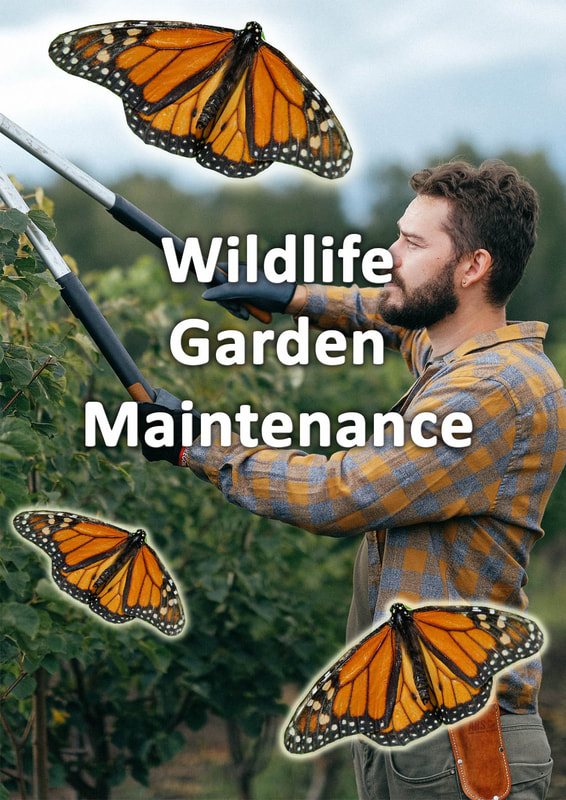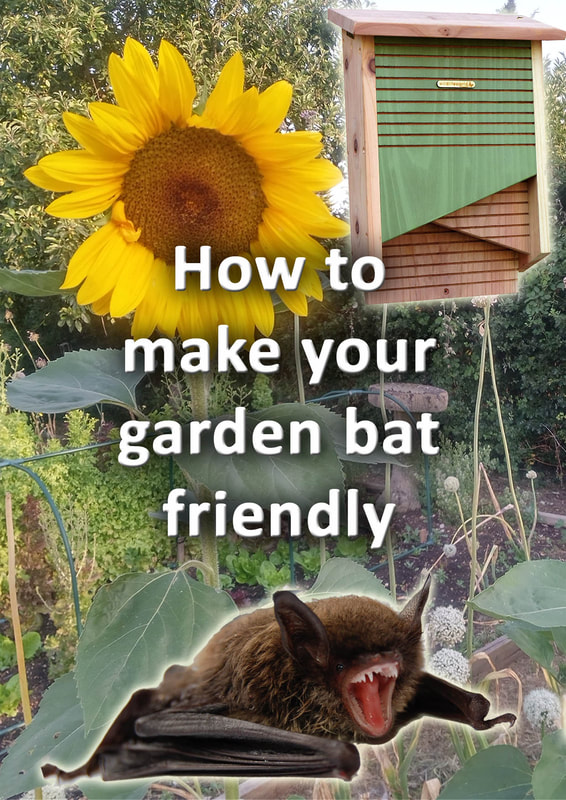|
This article contains affiliate links
Wildflower meadows are rich habitats full of biodiversity which can look extremely attractive within gardens.
Not many appreciate just how many different types of wildflower meadow there are. There are specific types of meadow which are adapted to particular environments and soil types as well as serving a variety of other habitats and ecological niches. There are wild meadows specialised for woodland glades, hedgerows and wetlands Here I list and describe the seven main types of wildflower meadow to grow in your wildlife garden. Annual corn poppy meadows
Annual corn poppy meadows are typical of countryside paintings and rural farmland. These are instantly familiar by the typical abundance of the red corn poppy. Annual wildflowers such as the corn poppy seed prolifically within disturbed ground. This makes them readily establish in fields which are regularly ploughed. If you want to establish such a meadow in your wildlife garden you will have to till your meadow every spring or autumn. Perennial border meadow
This type of meadow is not actually a naturally occurring wildlife habitat but more of a meadow like border or planting scheme. Perennial border meadows are planted with species found within a border but with a meadow style. Flowers such as coneflower and lupines are planted close together on mass. This creates a beautiful meadow effect with plenty of beautiful summer blooms. The dense foliage and radiant foliage provides plenty of food and shelter for wildlife. Woodland glade
Woodland glades are areas of shady grassland found in amongst woodlands. Glades generally contain a mixture of shade loving grasses and wildflowers. Glades can be found along shady hedgerows, woodland paths and woodland edge habitats. Woodland glade meadows can be a great accompaniment to wildlife gardens with a lot of shade. Wetland meadow
Wetland meadows are a combination of grasses and wildflowers which favour wetlands and marshy areas. Wetland meadows are very effective within wildlife gardens with naturally boggy ground. Wetland meadow seed mixes are readily available from wildflower seed suppliers. Wetland meadows are very effective around eco drainage projects and wildlife ponds. Dry meadows
Dry meadows are full of wild plants which can tolerate free draining sites and drought conditions. Such meadows are extremely beneficial to establish on south facing slopes. Dry meadows are perfect for wildlife gardens with a focus on water preservation and sustainability. These meadows can be a life line for hungry pollinators in periods of excessive summer drought. Chalk downland meadow
Chalk downland is a naturally occurring meadow habitat found upon chalky soil. Such soils are typical of the South and North Downs and the Chilterns Hills in the UK. The underlying chalky soil heats up in the sun which has led to a wide diversity of species. If you have particularly chalky soil it may be worth trying to seed a chalk downland seed mix. Dry acidic grassland
Dry acid grassland are specialised meadows with a soil PH of less than 5.5 with free draining soil. These dry grasslands are highly specialised and home to some rare and interesting wildflowers. If you have a site which is prone to drought with acidic soil this could be a suitable habitat. Dry acidic wildflower meadow seed mixes are readily available from many seed suppliers online. Wildlife garden services
Buckinghamshire landscape gardeners are experts in wildlife garden design and construction. Acting as the domestic landscaping part of Ecospaces we have over 20 years experience in ecological landscaping and sustainable construction. If you are interested in our wildlife garden services please do not hesitate to contact us. Our wildlife garden services include:
|
The Author
|
Landscaping services across Buckinghamshire, Amersham, Aylesbury & High Wycombe
Hyde Heath, Amersham, Buckinghamshire |
|




































